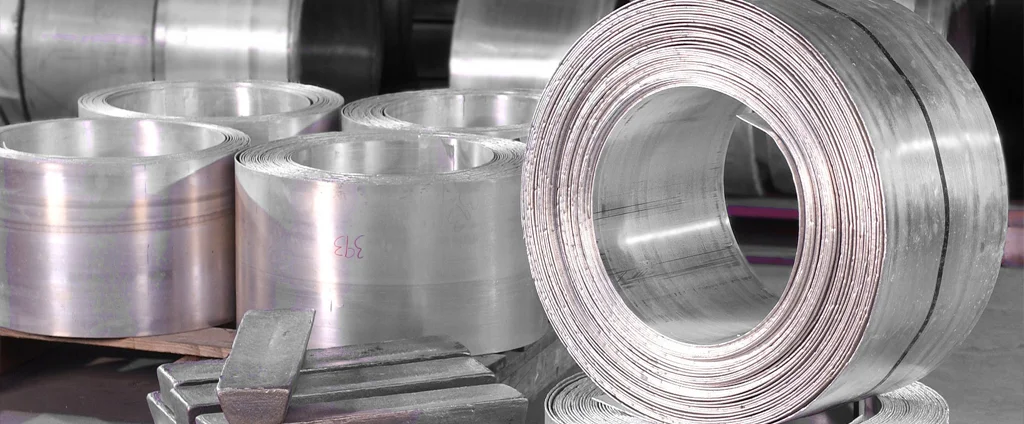Magnesium ZK60A-T6 (UNS M16600)

ZK60A-T6 is a wrought magnesium alloy enriched with zirconium and zinc, prized for its high strength-to-weight ratio, corrosion resistance, excellent damping capacity, and machinability. This combination makes it ideal for applications requiring lightweight, durable materials without compromising performance.
| Chemical Composition | ||
|---|---|---|
| Element | Min | Max |
| Magnesium | —— | Remainder |
| Zinc | 4.8% | 6.2% |
| Zirconium | 0.45% | —— |
The following table provides a list of magnesium ZK60A-T6 properties in both SI and US customary/Imperial units.
Click on the button to switch between Metric and Imperial units.
| Physical Properties | Metric |
|---|---|
| Density | 1830 kg/m3 |
| Mechanical Properties | Metric |
| Tensile Strength (Ultimate) | 325 MPa |
| Tensile Strength (Yield) | 270 MPa |
| Compressive Strength (Yield) | 170 MPa |
| Bearing Strength (Ultimate) | 450 MPa |
| Bearing Strength (Yield) | 320 MPa |
| Shear Strength | 170 MPa |
| Young’s Modulus (E) | 45 GPa |
| Shear Modulus (G) | 17 GPa |
| Elongation at Break in 50 mm | 11% |
| Poisson’s Ratio (ν) | 0.35 |
| Brinell Hardness 500 kg load, 10 mm ball | 75 |
| Knoop Hardness Converted from Brinell | 98 |
| Vickers Hardness Converted from Brinell | 85 |
| Machinability | 100% |
| Thermal Properties | Metric |
| Melting Point Incipient Melting | ≥ 518 °C |
| Solidus | 520 °C |
| Liquidus | 635 °C |
| Thermal Conductivity | 120 W/m·K |
| Specific Heat Capacity (Cp) | 1000 J/kg·K |
| Heat of Fusion | 315 J/g |
| Electrical Properties | Metric |
| Electrical Resistivity | 6.00×10-6 Ω·cm |
The values in this table are approximate and can vary depending on various factors such as the specific manufacturing process and heat treatment applied to the alloy.
Advantages & Disadvantages of Magnesium ZK60A-T6
| Advantages | Disadvantages |
|---|---|
| Lightweight | Flammability |
| High strength-to-weight ratio | Limited temperature resistance |
| Good corrosion resistance | Higher cost |
| Good castability | Limited availability |
Applications of Magnesium ZK60A-T6
ZK60A-T6, with its advantageous properties, finds application in various industries, including:
- Aerospace Industry: Used in components such as aircraft frames, helicopter rotor hubs, and structural elements, contributing to lightweight design and improved fuel efficiency.
- Automotive Industry: Applied in engine blocks, transmission cases, steering columns, and suspension parts to reduce weight and enhance fuel economy.
- Sporting Goods: Employed in manufacturing bicycle frames, golf club heads, tennis racquets, and other equipment where high strength and low weight are critical.
- Electronics and Consumer Goods: Found in laptop frames, camera bodies, handheld devices, and other durable, lightweight consumer electronics.
- Industrial Machinery: Used in machine frames, brackets, and structural parts to provide strength while reducing overall equipment weight.
- Medical Equipment: Utilized for lightweight surgical instruments, orthopedic implants, and medical devices benefiting from its biocompatibility and strength.
